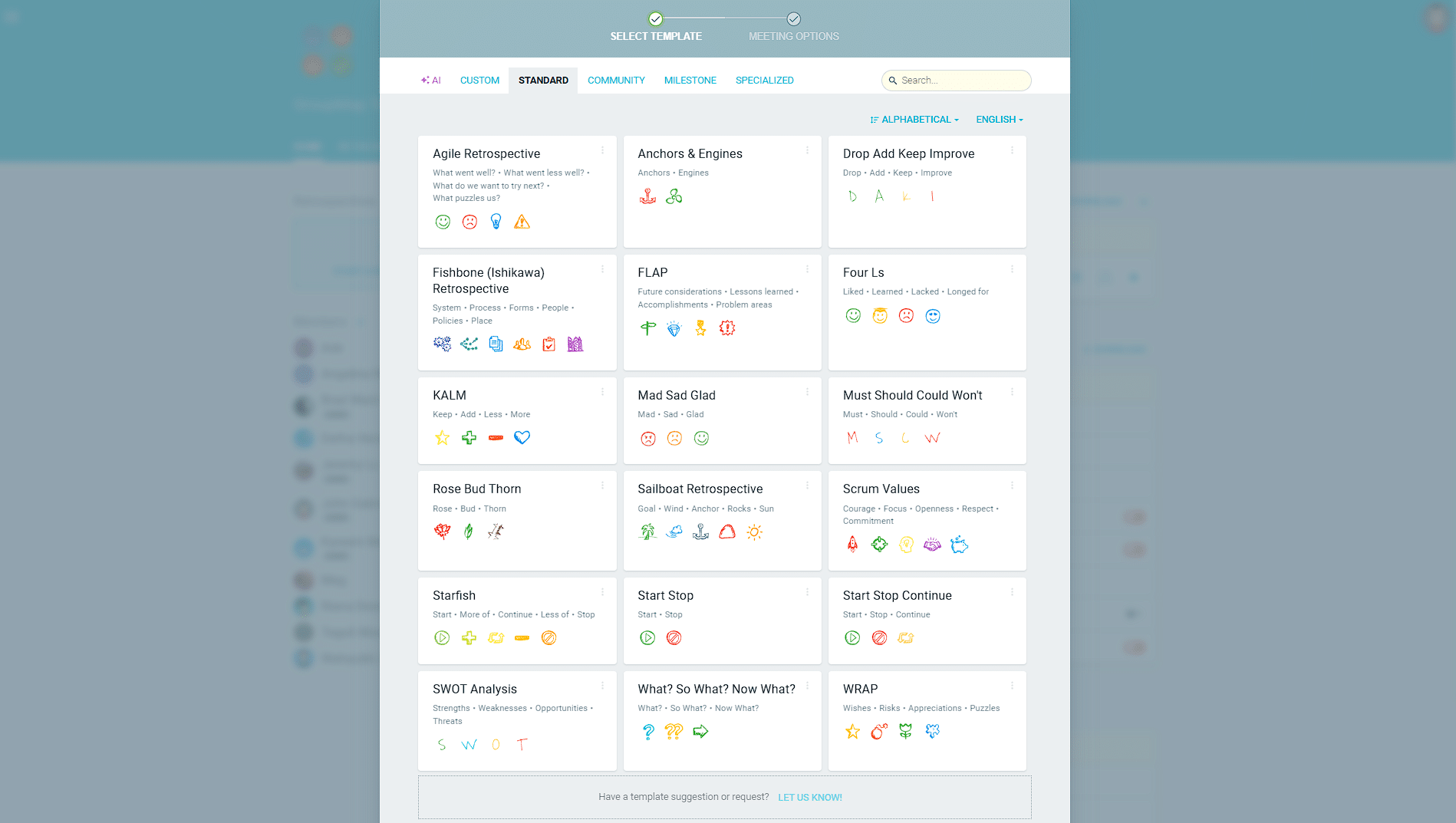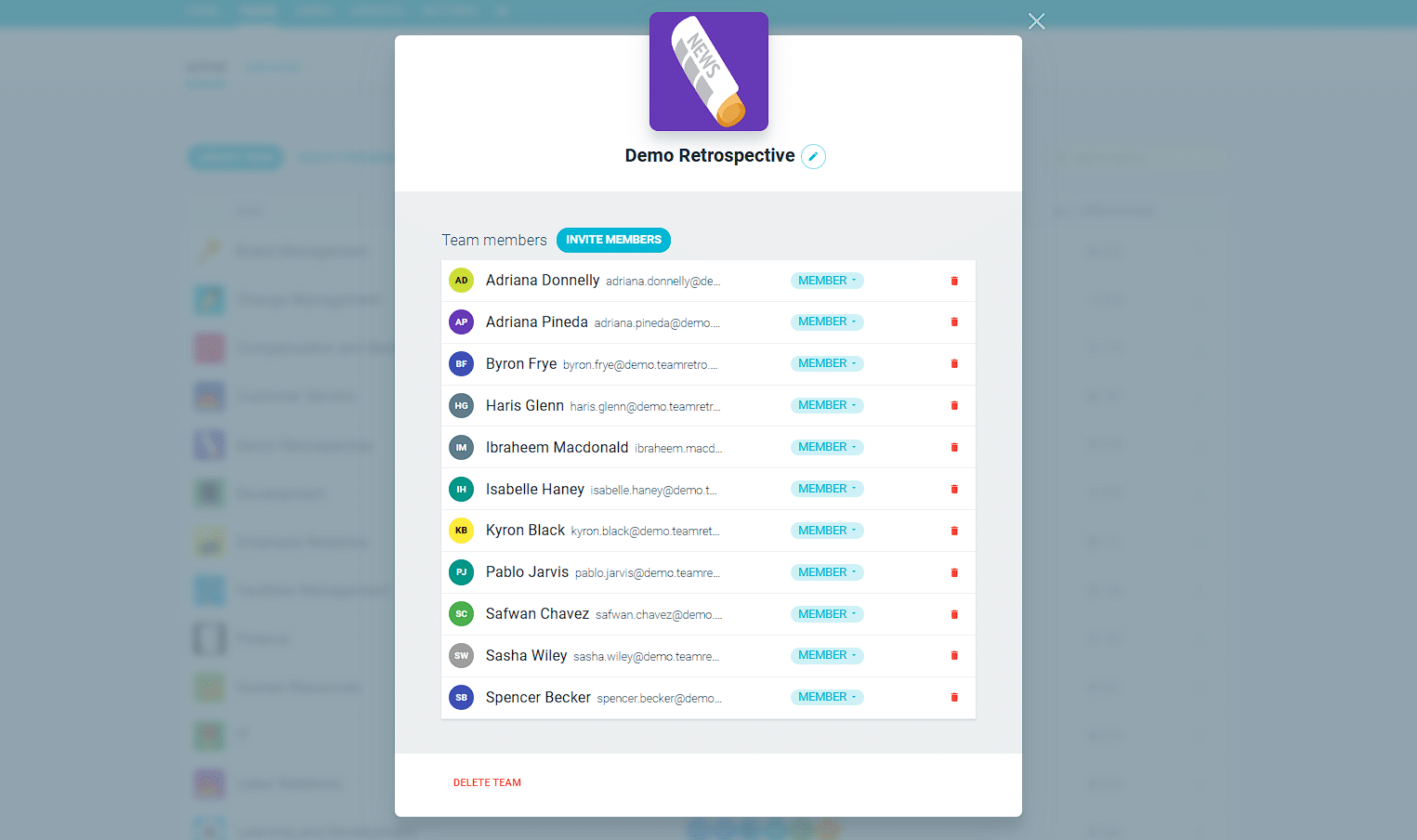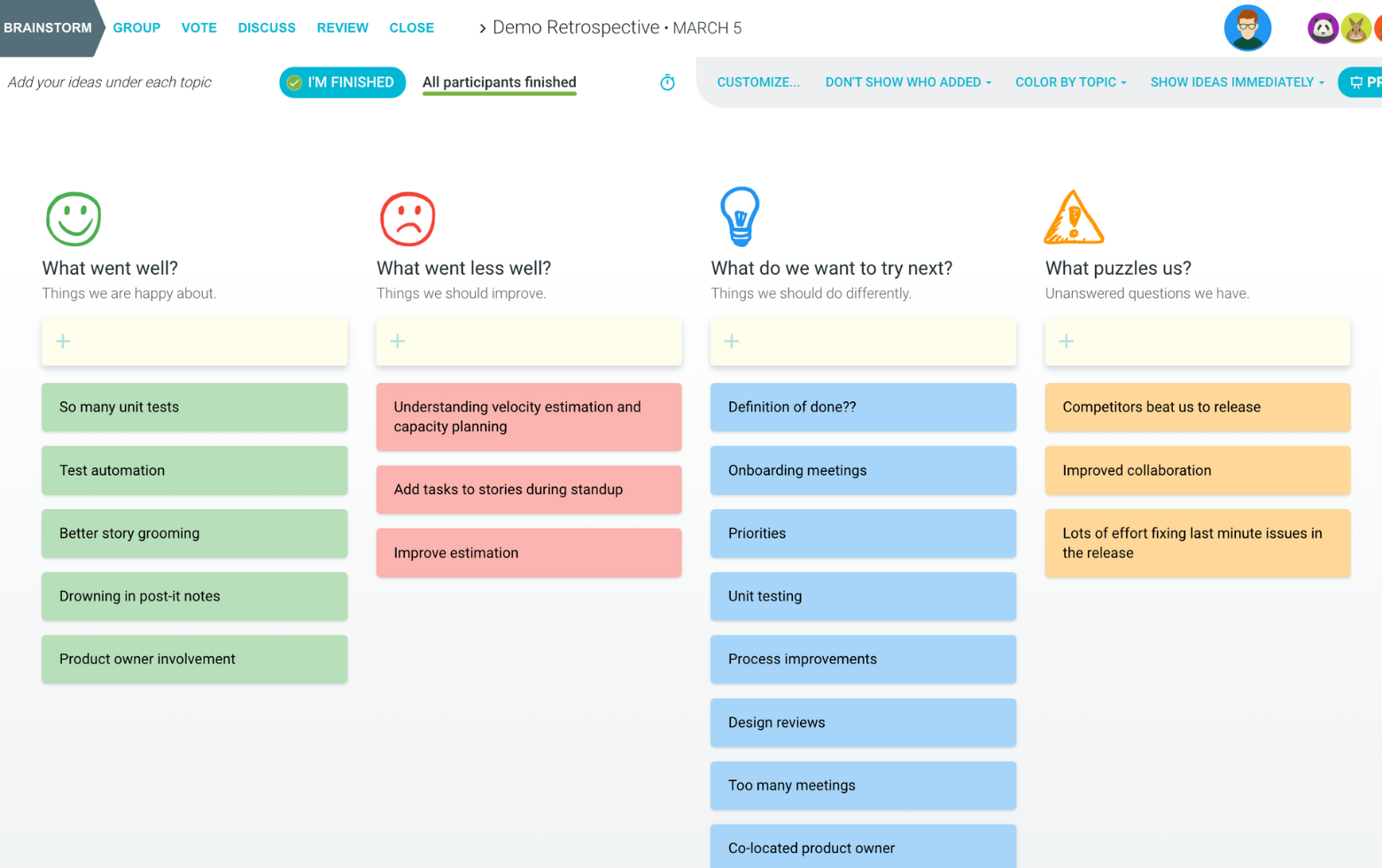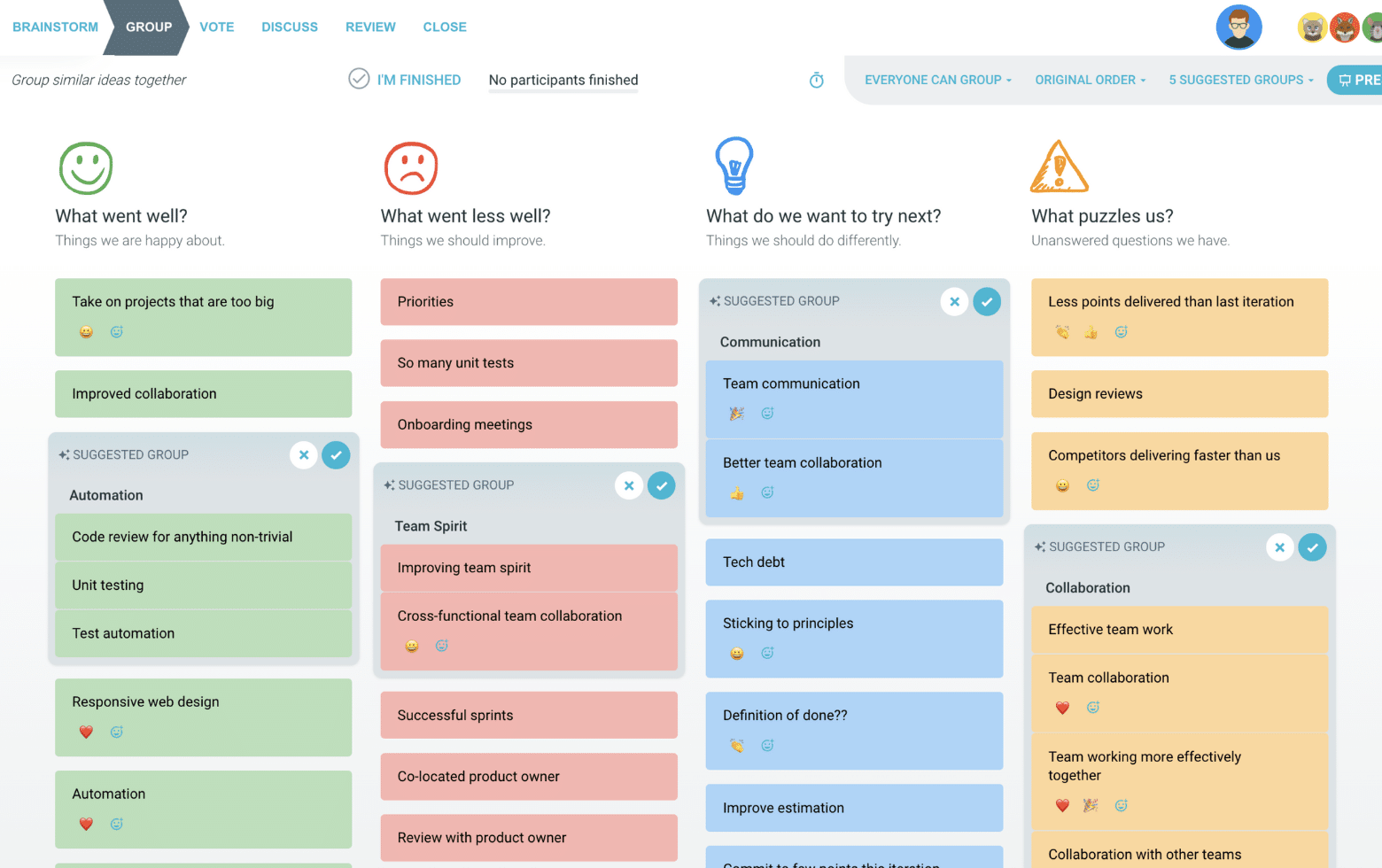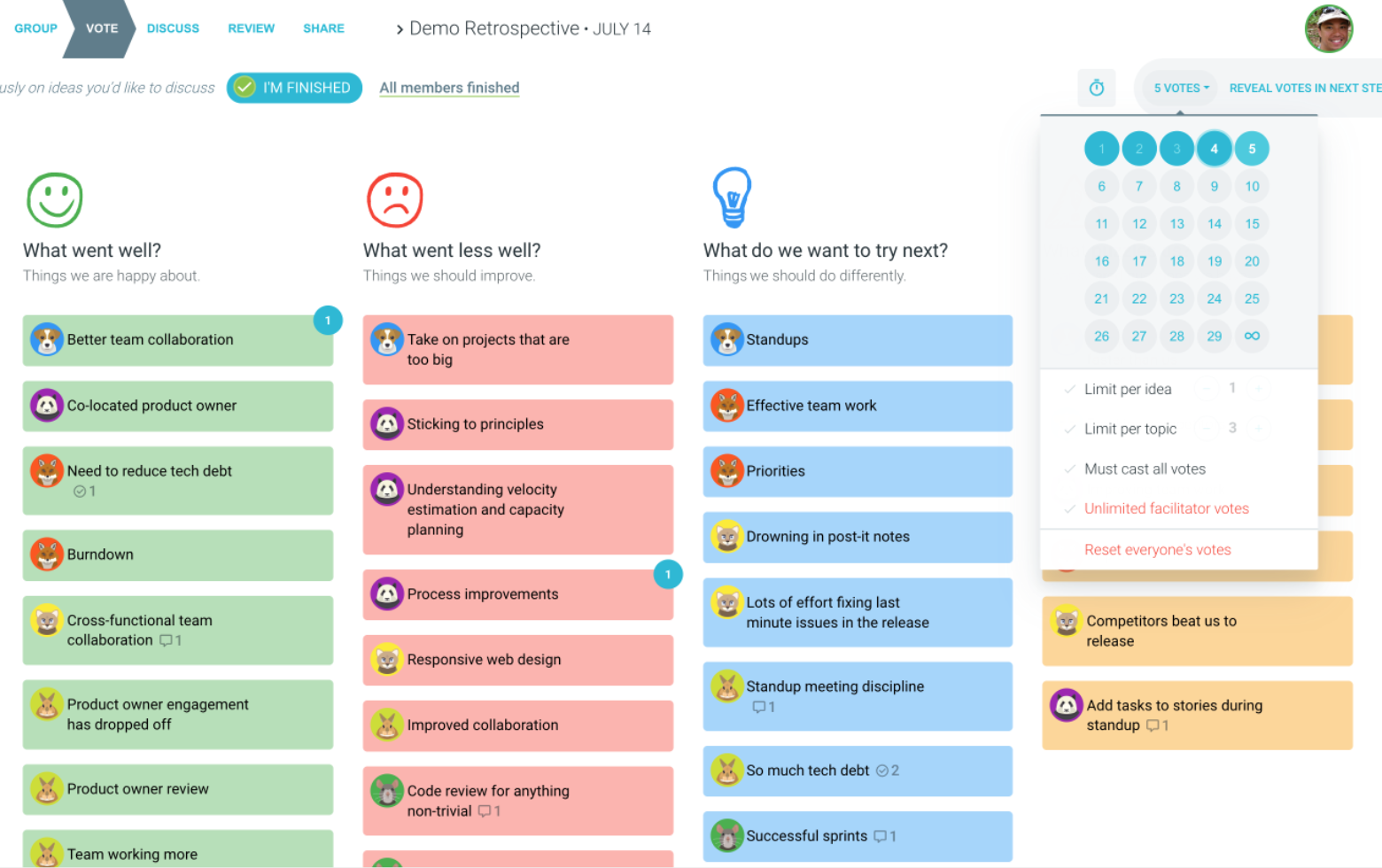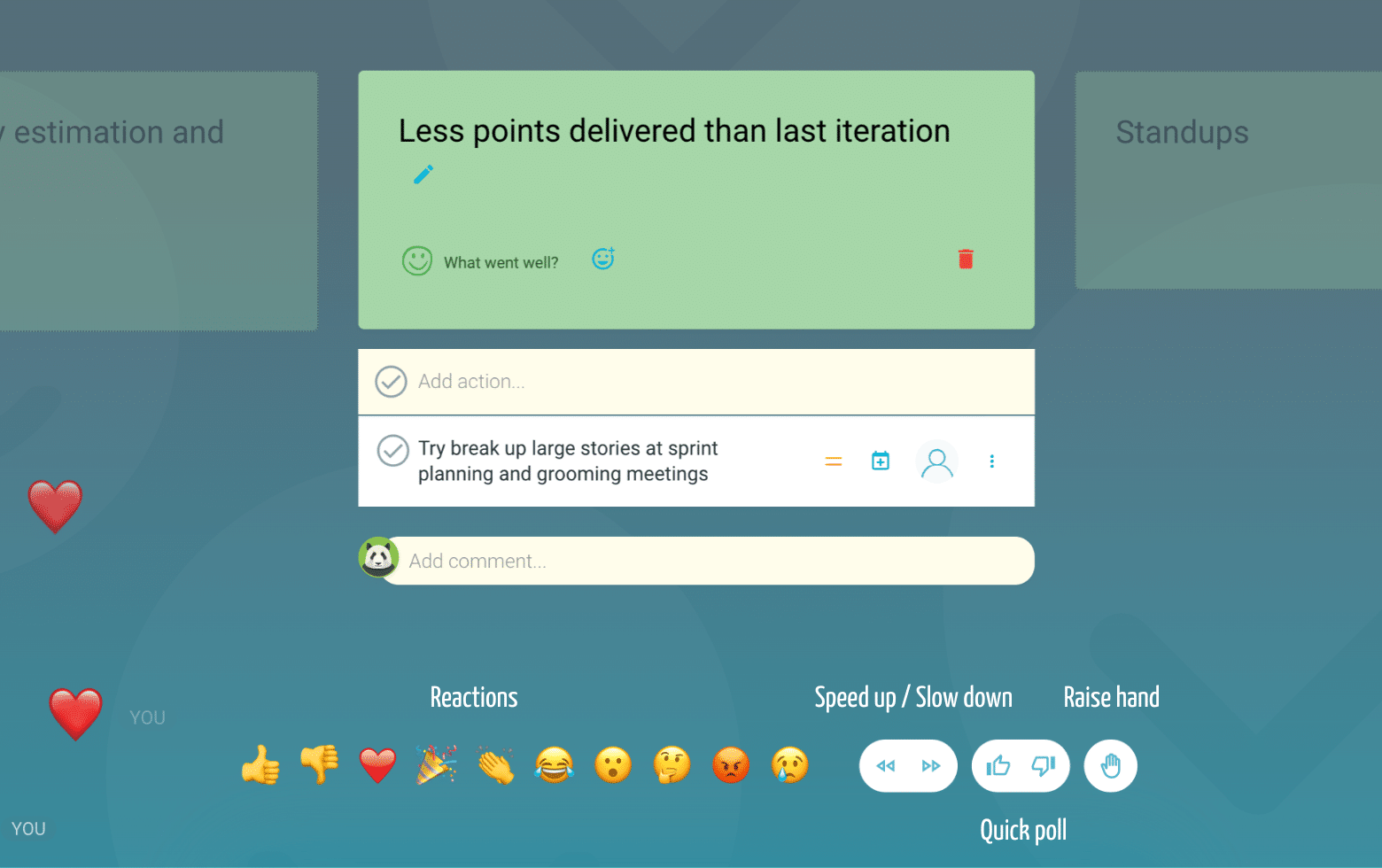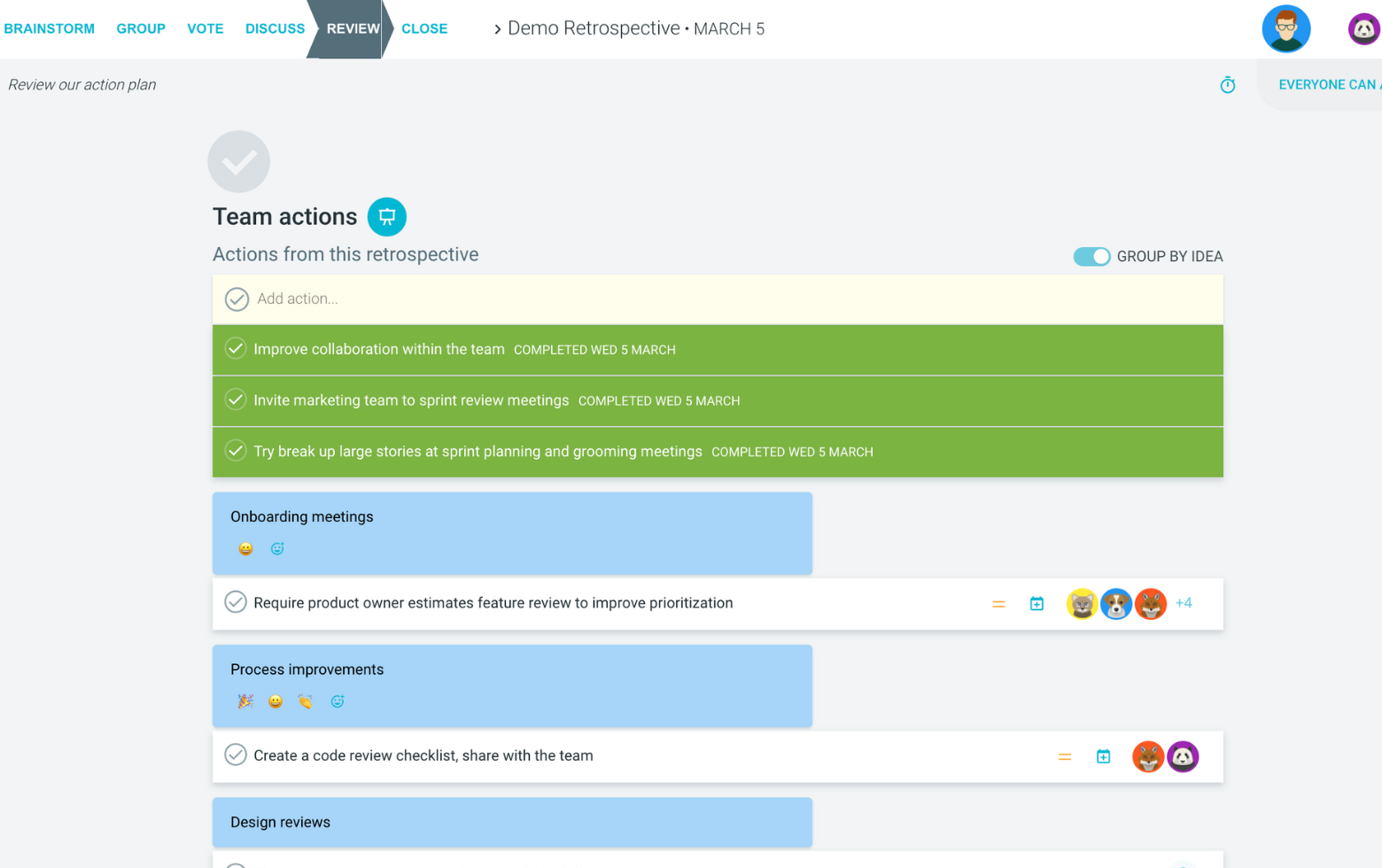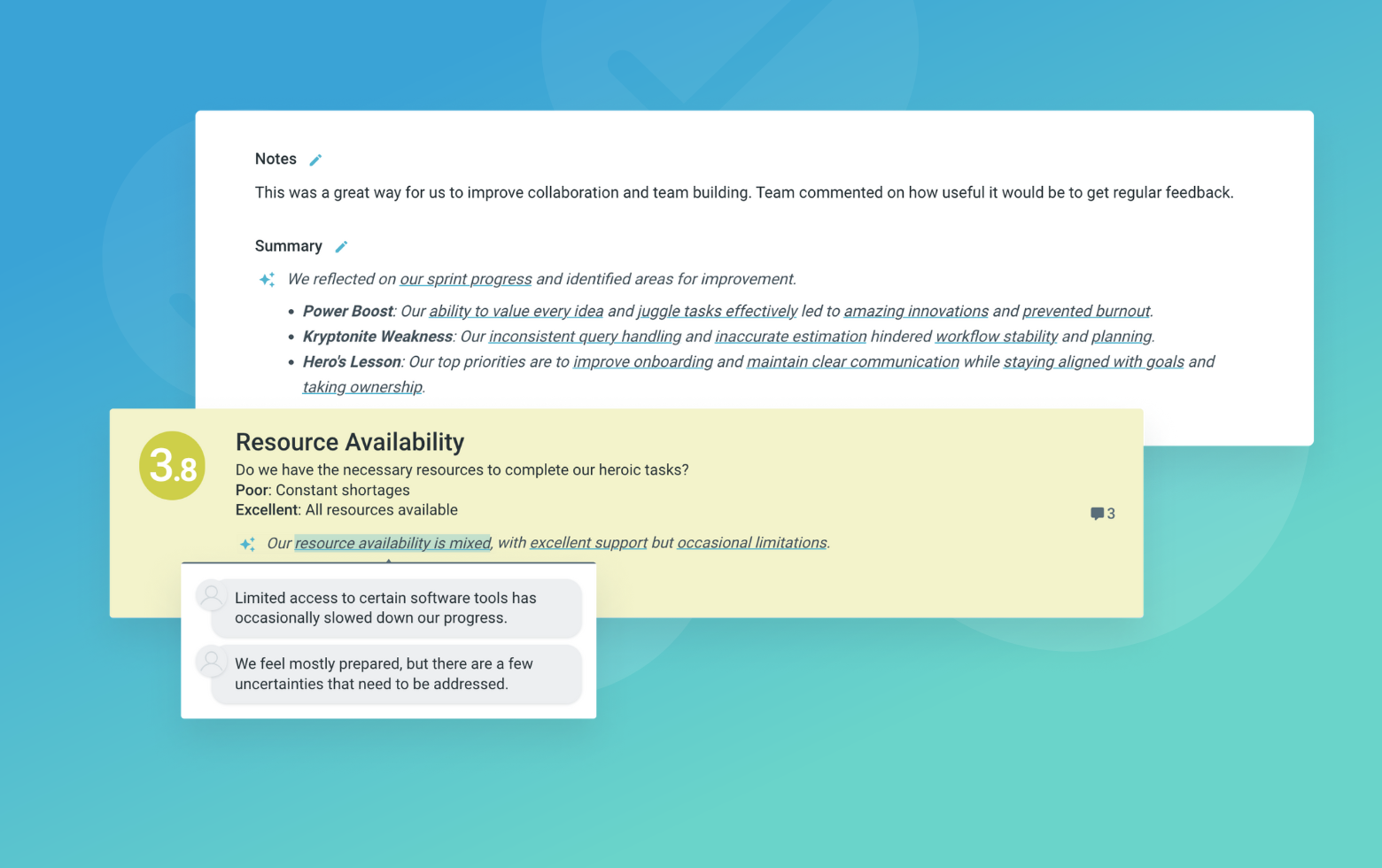Plus Minus Interesting (PMI) is a powerful evaluation tool developed by Edward de Bono to help teams analyze ideas, decisions, or changes from multiple angles. This systematic approach encourages participants to consider positive aspects (Plus), negative aspects (Minus), and intriguing possibilities (Interesting) before making conclusions.
Unlike simple pros and cons analysis, PMI adds a third dimension of 'Interesting' observations that captures neutral points, uncertainties, and opportunities for innovation. This additional perspective helps teams move beyond binary thinking and discover unexpected insights.
The structured nature of PMI makes it particularly effective for reducing cognitive bias, as it requires equal attention to all perspectives. Teams using this method often uncover valuable insights they might have missed with more traditional evaluation approaches.
What is The Plus Minus Interesting (PMI)
Plus
What are the positive aspects?
Guide participants to identify clear benefits, advantages, and positive outcomes. Encourage specific examples rather than general statements. Consider both immediate and long-term positive impacts.
Minus
What are the negatives aspects?
Encourage honest, constructive criticism without judgment. Focus on identifying genuine risks and challenges that need addressing. Help the team view negative points as opportunities for improvement.
Interesting
What is unknown or makes us curious?
Help participants explore possibilities, questions, and unique angles. This category should capture insights that aren't clearly positive or negative but deserve consideration.
Suggested icebreaker questions
- What's the most interesting decision you've made that initially seemed negative but turned out positive?
- If you could instantly know the outcome of any decision, what would you want to evaluate first?
Ideas and tips for your retrospective meeting
- Encourage participants to add items to all three columns, even if their initial reaction is strongly positive or negative
- Use timeboxing for each column to ensure balanced attention to all perspectives
- Consider using dot voting after collection to identify the most significant points in each category
- Avoid debating points during the collection phase - focus on gathering all perspectives first
- Keep the energy neutral when discussing 'Minus' points to maintain psychological safety
- Document all insights for future reference, as the 'Interesting' column often contains valuable innovation seeds
.
How to run effective meetings with TeamRetro
Start Your Session in a Click
Log into TeamRetro and choose your template. Customise questions and the workflow to create your perfect retro for your team.
Create Your Team Easily – No Separate Accounts Needed
Brainstorm Individually – Free From Bias
Smart Grouping for Faster Insights
Fair, Flexible, and Fast Voting
Engage, React, and Capture Key Insights
Walk your team through ideas one by one with Presentation Mode. Stay in sync, spark real-time discussions, and capture feedback with comments, live reactions, and polls—all in one place.
Turn Ideas Into Action
Propose next steps with team buy-in, get AI-powered action suggestions, and keep everything in one place. Committed actions sync to your personal dashboard and integrate with your workflow tools—keeping you on track.
Save, Share, and Stay on Track
Get quick AI-powered summaries, add facilitator notes, and store retrospectives in your library for easy access. Schedule your next session and track published actions to keep your team accountable at the next retro.
Turn Team Data into Actionable Insights
Uncover trends, common themes, and key engagement metrics at a glance. Track sentiment shifts, analyze conversations, and monitor completed actions to drive continuous improvement.
